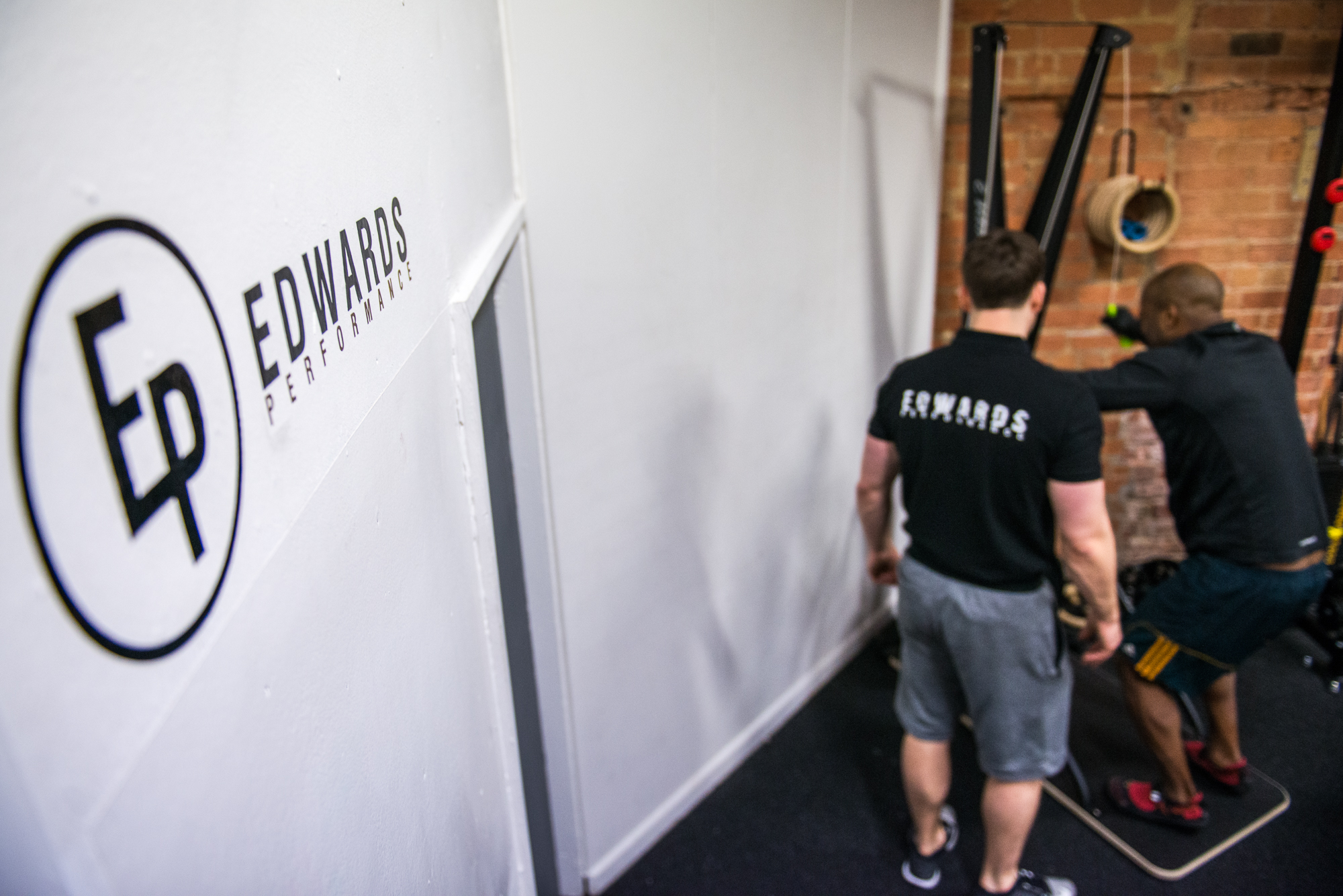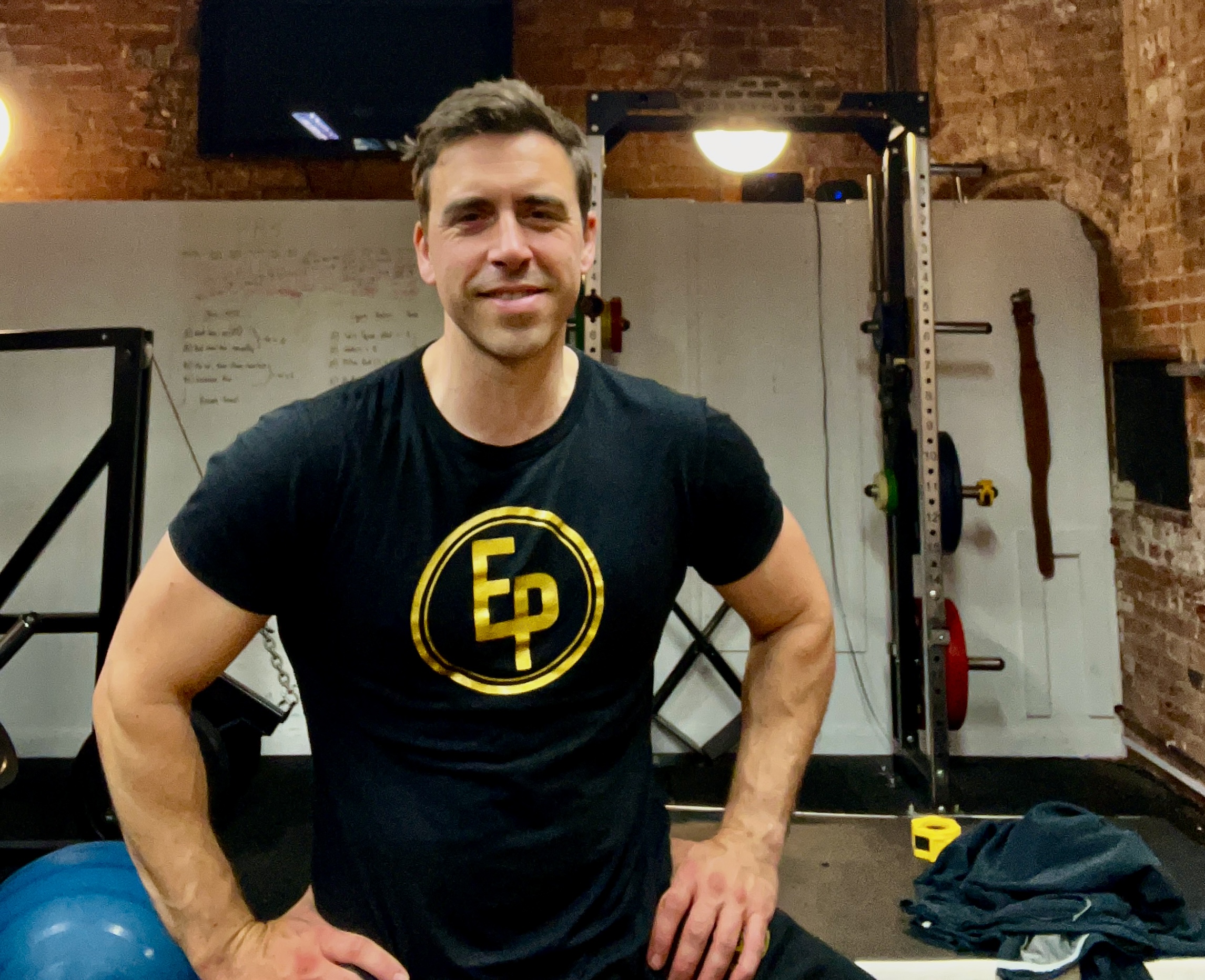Why You Need to Rehab Injuries Properly (And How to Fix Old Injuries Too)
Introduction: The Importance of Rehabbing Injuries
Injury rehabilitation isn’t just about short-term recovery—it’s about ensuring long-term movement health and preventing chronic pain. Many people rush back to activity too soon or skip rehab altogether, leading to compensations, weakness, and reinjury risks.
But here’s the good news: Even years after an injury, you can still improve mobility, strength, and function. This article breaks down why proper rehab matters and how to fix old injuries that still cause problems today.
The Consequences of Poor Injury Rehabilitation
Skipping proper rehab doesn’t just slow healing—it creates long-term movement dysfunction. Here’s what happens when injuries aren’t properly rehabilitated:
1. Compensatory Movement Patterns
Your body naturally adjusts to protect an injury, but this often leads to dysfunctional movement habits that cause issues elsewhere (e.g., a past ankle injury may cause you to move in a different way and eventually cause knee pain).
2. Muscle Weakness & Imbalances
If an injury heals without rebuilding strength and stability, it can create muscular imbalances that increase injury risk.
3. Joint Stiffness & Reduced Mobility
Lack of proper rehab can lead to restricted movement, making activities like squatting, running, or even walking uncomfortable.
4. Increased Risk of Reinjury
Without full strength and mobility restoration, the likelihood of reinjury skyrockets – especially in sports or weightlifting.
Key takeaway: Proper rehabilitation ensures you regain full strength, mobility, and function, reducing long-term issues.
How to Rehab an Injury Properly (Step-by-Step Guide)
To heal effectively and prevent future problems, follow these key rehabilitation steps:
1. Restore Full Range of Motion (ROM)
• Use exercise regressions and progressions to regain normal joint movement.
• Soft tissue work can help release tight muscles. You’ll see results even quicker if you utilise manual therapy alongside well structured rehabilitation exercises.
2. Rebuild Strength & Stability
• Focus on progressive strength training, starting from the difficulty level where you feel no pain and progressing upwards from there.
• Strengthen both injured and surrounding muscles to prevent imbalances and future injury.
3. Retrain Movement Patterns
• Perform controlled, slow movements initially to reprogram your nervous system.
• Incorporate balance and stability exercises to improve neuromuscular control.
4. Gradually Increase Load & Activity
• Avoid rushing back—progressive overload is key.
• You will spend less time injured if you don’t re-injure yourself in the rehab process. Don’t go too hard, too soon.
Can You Improve an Old Injury? Yes—Here’s How
Think an old injury is unfixable? Think again. The body is adaptable, and you can improve mobility, strength, and function—even years later.
1. Identify Dysfunction & Compensation Patterns
• Where do you feel stiffness, weakness, or instability?
• A good physio or strength coach can help identify hidden compensations.
2. Address Joint Mobility & Soft Tissue Restrictions
• Stretching, mobility drills and well structured strength training can improve long-standing tightness.
• Consider manual therapy, massage, or dry needling if needed.
3. Strengthen Weak Links
• Old injuries often leave some muscles weaker or underactive—correcting these imbalances is key.
• A focus on unilateral movements (e.g., single-leg work) can help to rebuild strength evenly.
4. Reintegrate Proper Movement Patterns
• Train fundamental movement patterns (squat, hinge, push, pull) with proper technique.
• Slow, controlled tempo work can reinforce good movement habits.
Pro Tip: It’s never too late to improve an old injury—consistency and a structured plan are key!
Old injuries may take longer to correct, but with consistent rehab work, improvements happen.
When to Seek Professional Help
If you experience:
✅ Chronic pain or stiffness that limits movement
✅ Reinjury or recurring pain in the same area
✅ Difficulty progressing despite rehab work
…it’s time to consult a physiotherapist or strength coach who specializes in injury rehabilitation and movement correction.
Conclusion: Take Control of Your Recovery
Whether you’re recovering from a recent injury or trying to fix an old one, proper rehabilitation is key to avoiding pain, regaining strength, and improving performance. It’s never too late to improve an old injury—start today by incorporating the right mobility, strength, and movement strategies into your routine.
Need a Rehab Plan? Let’s Fix It Together!
👉 Book a Consultation with Edwards Performance


